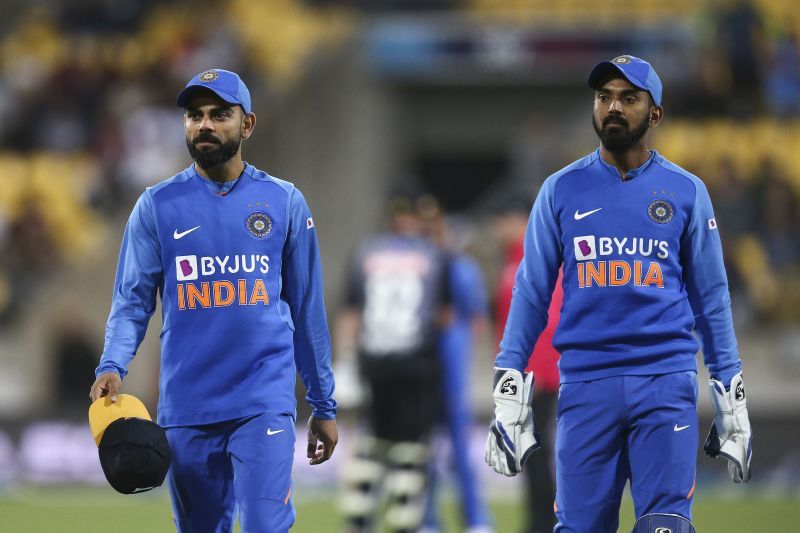
India might unknowingly be wasting KL Rahul's talent
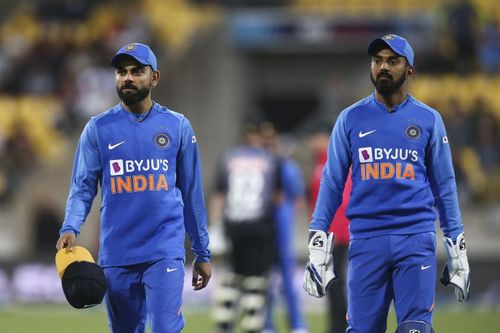
On 15th June, when India announced their 15-man squad for the World Test Championship final, it was met with optimism, for the Men In Blue were able to name a full-strength squad.
Considering that they’ve done so for the first time in the past six months, calls for a celebration in itself. Yet the fact that they were able to assemble their biggest gunslingers, just before one of the biggest games in Indian Test cricket history, amplified the delight significantly.
The only omission that raised eyebrows was that of Mayank Agarwal, who despite being India’s most preferred fail-safe opening option, couldn’t find a place. As always, though, the exclusion of another lad from Karnataka – a certain KL Rahul, was conveniently ignored.
And, as much as India or KL Rahul might want to deny it, that has, rather unwittingly, become the story of his international career lately.
KL Rahul has not played a Test for India since 2019
So much so that KL Rahul, as things stand, has not represented India in the longest format since 2019. Just prior to it though, the Punjab Kings skipper had set the international stage ablaze. While those knocks paled in frequency when compared to the likes of Cheteshwar Pujara, Rohit Sharma and Virat Kohli, those essays, whenever they did come about, left a lasting impression.
However, it would also not be right to term India’s discarding of KL Rahul from their Test landscape as unjustified. Not just because better alternatives (read Mayank Agarwal and Shubman Gill) have cropped up, but also because his returns in 2019 were pretty abysmal.
In 2019, Rahul managed 110 runs across five Test innings, with his highest score of 44 coming against the West Indies at the Sir Vivian Richards Stadium in Antigua. A game later, he produced worse returns and was subsequently given the boot as India prepared to host Bangladesh and South Africa.
Since then, Mayank Agarwal and Shubman Gill (in turns at least) have ensured that KL Rahul has not been afforded any sort of opening at the top of the order.
A case, though, could also be made for India not according KL Rahul the right kind of environment to flourish. And, while that may seem ludicrous at first, it has been a trend that has become too synonymous with the wicket-keeper.
For quite a while, the period between 2017 and 2018 has been looked upon as the phase where Rahul withered away his Test spot. In those two years, the wicket-keeper scored a solitary century (against England at The Oval) and only accumulated 1101 runs at an average of 32.38.
Prima facie, those statistics don’t paint a pretty picture and to be fair to India, most teams, blessed with the depth they enjoy, wouldn’t jump in joy at these displays. However, for a cricketer as special as Rahul, maybe there could’ve been an exemption.
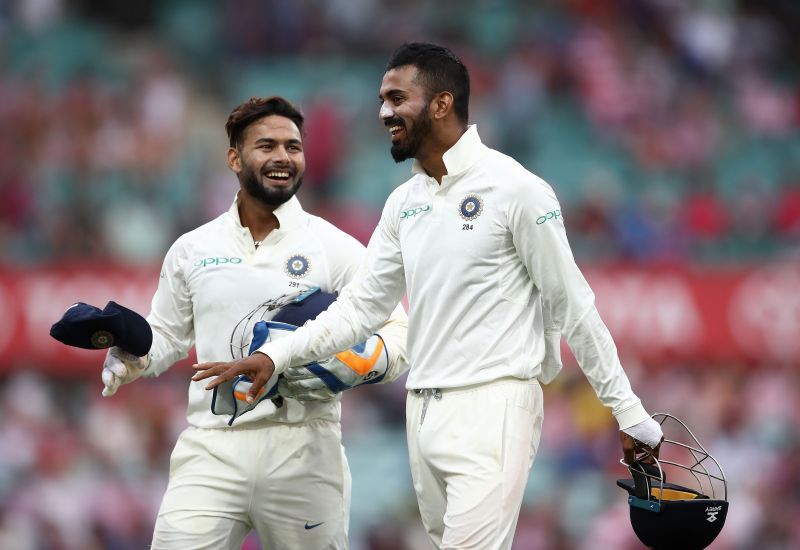
Rather interestingly, during the aforementioned period, Ajinkya Rahane – who has widely been regarded as one of India’s most dependable batters, averaged 32.37, scoring just a single century (that too against a hapless Sri Lankan attack) and eight half-centuries.
The initial reaction would be to label Rahul’s varying modes of dismissal and technical frailties to have been a deciding factor. Yet, it is worth noting that Rahane also displayed similar chinks in his batting armor.
While it isn’t prudent to directly compare a top-order batter to one batting in the middle order, it just highlights that when congruent records/modes of dismissal/contribution to the team are put together, Rahul has almost always been the one to lose out.
In white-ball cricket, where the PBKS captain is considered to be one of India’s leading batters, he somehow finds himself having to prove his worth every time he bats.
A perfect example would be the T20I series against England in March 2021. Though KL Rahul didn’t tickle the scorers in the four essays he played, he was unlucky to have missed out on the deciding game.
Virat Kohli took his place at the top of the order and excelled. That, in conjunction with Shikhar Dhawan’s sparkling form means that at this juncture, the right-handed batter is not certain of his place in the T20I side either.
On the ODI front, Rahul played all of India’s matches against England in March. Even then, he had to shift from keeping wickets to fielding in the outfield, as Rishabh Pant announced his return to the ODI side in style. Additionally, when Shreyas Iyer returns, Rahul’s spot might come under the scanner, for he can’t bowl like Hardik Pandya, nor can he produce as much chutzpah as Pant.
In simpler terms, there is no continuity to his India career and that, as most players would testify, is hardly ideal.
As far as his exclusion from India’s 15-man squad for the WTC final is concerned, well, it might not have been a surprise, even to Rahul’s staunchest supporters. The bigger concern, though, is that he might not get any game during India’s tour to England – something that again hints at mismanagement on India’s part.
To place things into context, the Men In Blue also travel to the Emerald Isle in July, with a “white-ball specialist” squad under Shikhar Dhawan’s tutelage having already been chosen.
Hence, it is perplexing that Rahul has been selected for India’s Test assignments, where he has negligible chances of playing. To explain it further, he is perhaps the fourth-choice opener behind Gill, Mayank and Rohit Sharma, whereas he is the third-choice keeper. As far as middle order batting alternatives are concerned, Hanuma Vihari is ahead of him in the pecking order.
Surely then, Rahul should’ve been on the tour to Sri Lanka?
Not just because white-ball cricket is perhaps his most preferred discipline currently, but also because he may not get a game altogether when Kohli, Pant, Ravindra Jadeja and Rohit return to the fold.
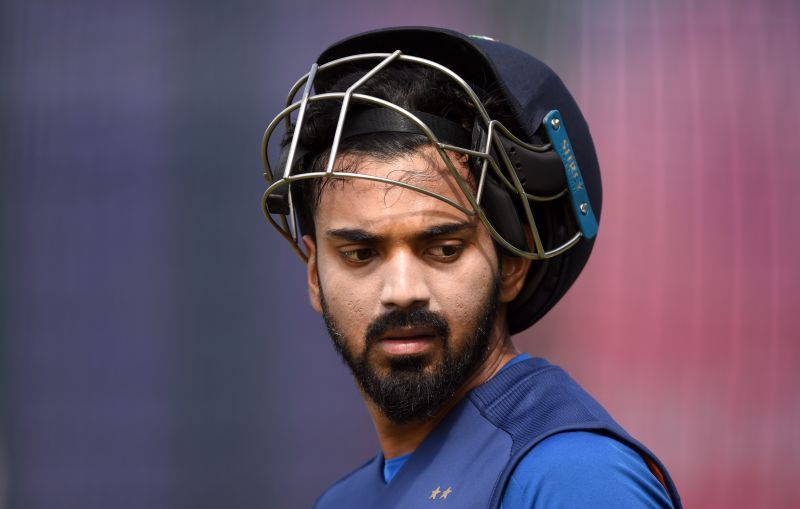
Moreover, in T20I cricket (T20s in general), the right-handed batter’s approach has been called into question. And, with a T20 World Cup looming, India would’ve been better served giving him the platform to rectify it and identify the perfect modus operandi.
For a significant period, Rahul has been treated as a second choice by India – one they know can be relied upon but also someone they don’t completely trust to be their premier batter. Though the wicket-keeper has been guilty of denting his own reputation at times, he is a much better batter than what his recent international returns suggest.
Most tellingly, the yardsticks applied by India on Rahul have, on most occasions, not been used on others. An example could be of India recalling Rohit Sharma into the Test fold on the back of white-ball performances. As for Rahul, the memory of his red-ball struggles have almost always overshadowed what good he has done elsewhere.
Thus, despite the innate and immeasurable talent at his disposal, Rahul finds himself at a crossroad, where he is a decent cricketer for India, but not decent enough to play consistently for India.
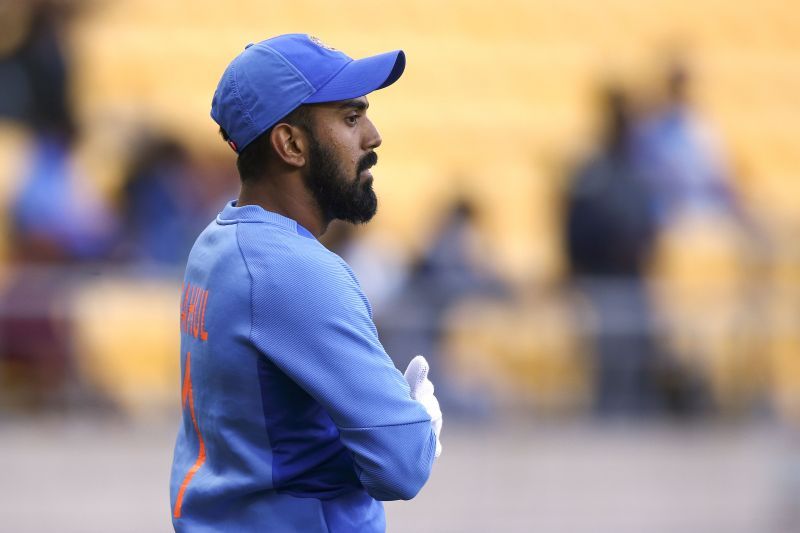
One wonders when these insecurities will start negatively impacting the PBKS skipper’s performances, provided it hasn’t impeded him already. If the latter were true, then India might have to shoulder a chunk of the blame, considering the potential Rahul has.
However, if the former were to be true, India might do well to make the wicket-keeper feel more wanted and make him feel special, for he is an individual who can be special, make no mistake about it.
At this juncture though, knowingly or unknowingly, India are wasting KL Rahul’s talents. And, surely that can’t be the right way moving forward.